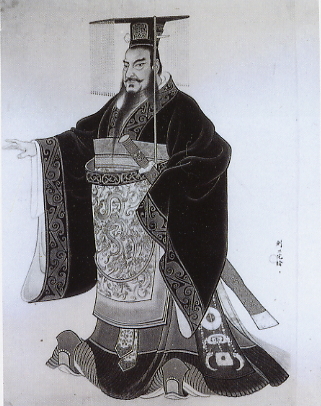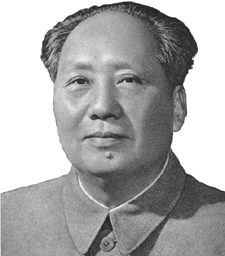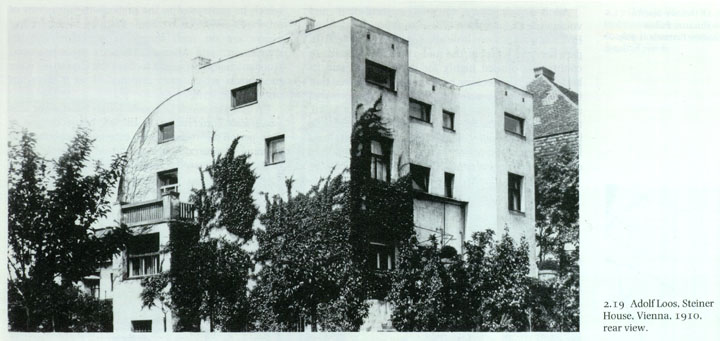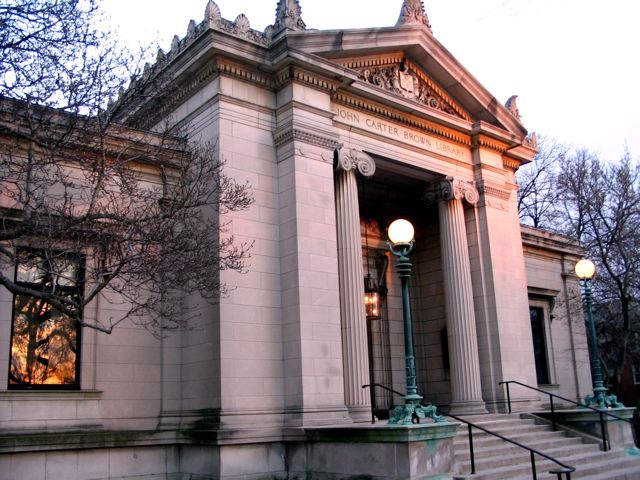I hope everyone is having a great weekend! What interested me the most about our discussions of modernity this week was the concept of selective history or architectural amnesia. I was particularly surprised to learn about the destruction of the Ottoman mosque at the Athenian Acropolis. McIntosh discussed in his article "Western Representations of Urbanism and Invisible African Towns" how the inherent cultural biases (I hesitate to use the word racism) of archaeologists caused formerly powerful African cities to be ignored by Western historians. In some cases, such as the destruction of the mosque in the Parthenon, archaeologists go as far as to create their own ideal visions of ancient cities. Sir Austen Henry Layard's depiction of Nimrud (what he thought was Nineveh) also exemplifies how archaeologists sometimes create their own ideal visions of ancient cities.
This discussion reminded me of a trip I made to Guatemala last Spring Break. I hiked to the ancient Preclassic Maya metropolis "El Mirador" deep in the jungles of Peten (where Tikal, and other famous Classic Maya sites can be visited). Archaeologists know much less of the Preclassic era than the Classic, which is why "El Mirador" is such an important site. However, "El Mirador" remained an important center of pilgrimage for the Maya hundreds of years later during the Classic period, after the city had otherwise been completely abandoned. As one would imagine, during this period, new structures were built over the Preclassic pyramids. Rather than preserve these later structures, however, archaeologists cleared them away in order to learn more about the Preclassic architecture, of which less is known.
This picture shows the site of a former facade of a palace that was built during the Classic period. Archaeologists destroyed this palace to uncover these beautiful masks that date to the Preclassic period. This excavation occurred less than a decade ago. Ethical???
Whit
First of all, Whit - I can't believe you hiked to El Mirador!
What struck me when thinking about modernism becoming a utopian or universalizing project within cities is the idea of sterility. When the first cities developed and humans began to keep certain things out, they created this false sense of security. People were secure to think that they had removed themselves from the natural world and natural order by changing the physical landscape of their world.
Thus when movements such as the "healing pick" came about, it not only denoted reviving the greatness of the past, but stressed the 'cleanliness' of the new urban space. It struck me that ancient cities had a more intimate relationship with their environment, many due to concepts of rebirth and cycles that governed their world. Although disease was still present in ancient cities, and sometimes was more destructive than would have been in modern times, it almost seems like this 'sterility' we experience is paving the way for something beyond the scope of ancient problems.
For instance, antibacterial hand gels and hyper-clean environments make children more susceptible to more colds by not allowing their immune system to build up strength on its own. At the first sign of a sniffle, antibiotics curtail the body's natural response and only open the door for more serious illness in the future.
So when discussing African cities that don't look like cities, perhaps it's better that way. If we allow ourselves to embrace the environment more and integrate the natural world into city planning, perhaps cities really can be "healed."
James
P.S. Just saw this article (http://www.msnbc.msn.com/id/20845739/) and what do people think about this in relation to reclaiming natural things from the sterility?
Although the statement "history is written by the winners" is certainly not an unfamiliar concept, I find that idea to be the most disturbing part of last week's readings and discussions. In this case, the cliché can be expanded to include the finders as well as the winners. Even ancient civilizations, which on the surface would seem to be free from contemporary propaganda and political agenda, are actually totally defined by the culture that discovers them. Contemporary Western political thought had no influence on the structure of Mayan civilization or the dynasties of ancient China, but when contemporary Western scholars uncover and begin to study the remains of these civilizations, they are suddenly molded by the issues of today. The most upsetting thing is that this is not a malicious perversion of science that must be combated. It is unavoidable. It can be minimized, but only with enormous difficulty. And to measure the amount of influence that contemporary thought has on our interpretations of the past is impossible.
This afternoon I watched an old BBC documentary about the tomb in Xi'an, China, about the tomb full of terracotta soldiers from the Qin dynasty. It was full of subtle comparisons between the Emperor to whom this tomb belonged and Mao Zedong. It seemed as though the film makers were denouncing this Emperor's cruelty and megalomania in order to explain how awful chairman Mao was. So although the documentary was informative about the Qin dynasty, it also sent a political message about current affairs.


They don't even look like eachother.
Axel
Hosagrahar’s section “Rethinking Modernity and Architecture” (p. 4-5) made me realize architecture’s role in promoting Western culture (and thus demoting the non-Western). H. blames nineteenth century architectural theorists like Viollet le Duc for polarizing the modern vs. primitive debate, for “casting the architecture of Asia and Africa as primitive, changeless, and irrational”.
I had always seen modern architecture as a move towards globalization since it favored the eradication of ornament and other marks of regionalism. I never realized its blatant Western bias. The confusion of nineteenth century architecture really sums up H.’s claim. Amidst the resurrection of classic and gothic form, a brief (but heavily criticized) stint of eclectic, Asian-inspired style emerged. Then the modern triumphed, and rejected everything but. I’ve posted Adolf Loos’ Steiner House, which I think encapsulates the early 20th century’s insistence on white simplicity.
I think architecture at the time pushed this fabricated sense of “modern”—progress for the sake of progress—by rejecting any sort of pluralist notion of avant-garde. Anything less—or rather more decorated—than the stripped-down style, was un-modern and certainly non-Western.

Annie
One article that was thought provoking was Jennifer Robinson’s “Dislocating Modernity.” It made me think about the concept of modernity, in relation to cities both ancient and present. Especially those that are considered primitive, which are often represented as being linear, however they are extremely multifaceted. Thus, it is hard to accept that a majority of cities, which are considered to be modern, conform to fit the rubric of Western-modernity.
It is apparent that looking at our own cities today, something that Robinson so masterfully conveys, is that “while the concept of modernity places some cities at the top of a hierarchy of creativity and dynamism, it consigns others to a future of mimicry or backwardness” (p.14). In many ways, I am reminded of this statement everyday, particularly in my own urban landscape. In Providence, I see beautiful architectural renditions of Greco-Roman edifices; however, I am left to wonder as to why other cultures are not also equally represented?
Until, a mastaba shows up somewhere in Providence, I guess the obelisk will just have to do?
Carissa

Posted at Sep 24/2007 11:49PM:
danyelle: Because we follow certain conventions of education, in order for there to be just one unified concept of the creation of ‘modern’ certain things just had to be omitted (plus history is an extremely lazy and subjective subject), fair enough. But that acknowledgement provokes further inquiry into that which links a social identity. We are after all following the same history. What do we need to accept as modern in order to dismiss (ignore) other forms of creation? My point is that the big lesson is that primitive is just a myth. And to add insult, most of the world’s function agrees. The great majority of the world is much less concerned with how a city works so long as it serves them in an agreeable way. And that leads me to the great catalyst for invention- necessity, that the city works for most as a necessity, not a luxury… and as we know in matters such as that no one is thinking about the historical or ideological implications of their level of development, just survival.
Discussing the idea of modernity in our study of urbanism--and especially reading McIntosh’s thoughts on Western biases affecting the recognition of urbanism in Africa--made me think of some really incredible archaeological finds that are coming out of the Amazon basin right now. Until very recently, archaeologists and the world at large had believed that there had never been ancient civilization in the Amazon; there was no evidence of monumental architecture, and the environment has been deemed too harsh by modern standards to allow for the development of agriculture that would have been needed to support a large population.
It has only been in the past 10 years or so that archaeologists have found evidence of fairly large, permanent, ancient settlements—much of the architecture of which had not been initially evident because, having been constructed from wood and built on earthworks, it did not preserve. To top it off, it appears that the ancient people in this area used raised fields, a technology which allowed for large-scale, long-term, sustainable agriculture.
I think this is a great example of how Western biases can cloud our interpretation of archaeological societies—since Western (modern) methods of settlement and subsistence had not been effective in the Amazon, it was assumed that civilization in the area was impossible when, in fact, earlier cultures had had superior methods of coping with the environment and were able to sustain large populations.
Here’s a piece from the BBC about the work in the Amazon if anyone’s interested, it’s really cool stuff (just ignore all of the “El Dorado” sillyness) http://www.bbc.co.uk/science/horizon/2002/eldoradotrans.shtml
